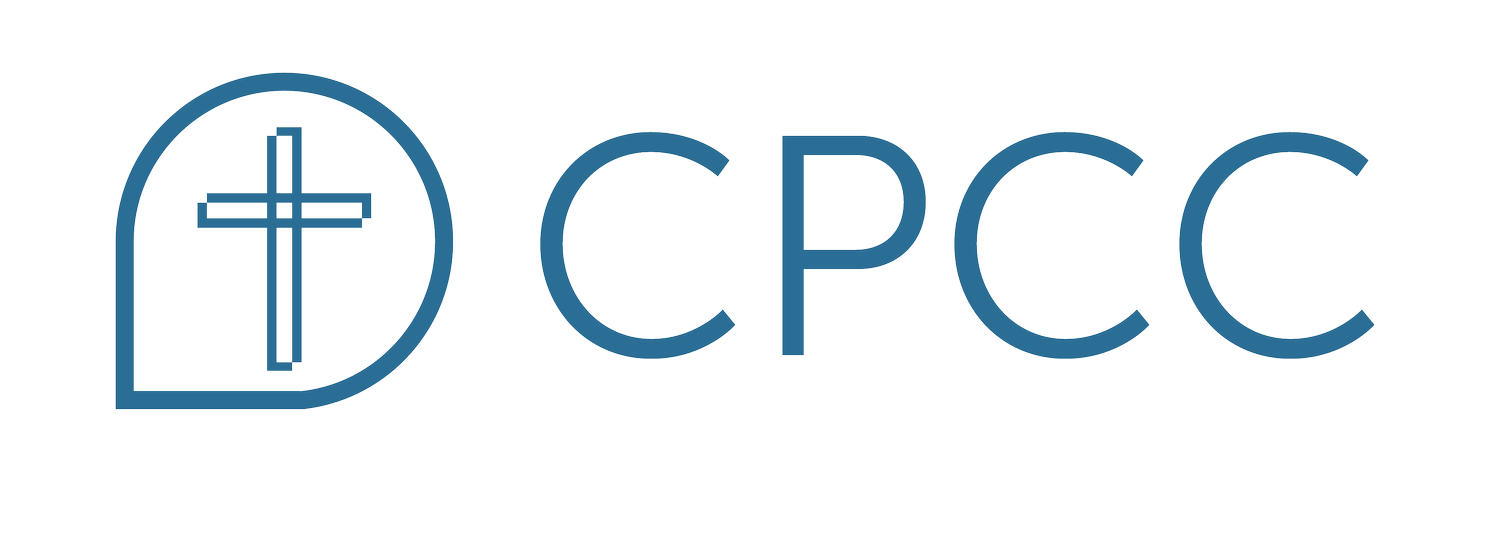How Present Are We to the Moment?
Let’s face it – in 2023 living in the East Bay Area, most of us wrestle in some way with digital distraction or mental distraction. Now, the goal of this blog post is not to advocate for greater productivity, but instead, I want to address this question: “How present are we to the moment?”
Our culture is filled with noise. Noise “limits our ability to think, to be creative, to cultivate depth, to be at peace and to listen to God’s voice” says Carey Nieuwhof.
Many of us often keep an iPhone or Android device within arm’s reach. We check our notifications more than we want to. We feel a keen sense of urgency to respond to people constantly, to be on-call for those we love 24-7, to live in a posture of accomplishing more. And yet, we know that it is precisely the detaching from these things, the carving out of mental space which would – if we leaned into it – help get us back to a life that many of us long for. Nir Eyal outlines for us a working definition of distraction in his popular blog saying: “‘Distraction is ‘the process of interrupting attention’ and ‘a stimulus or task that draws attention away from the task of primary interest.’ In other words, distractions draw us away from what we want to do, whether it’s to accomplish a task at home or work, enjoy time with a loved one, or do something for ourselves.’”
So how can we more be present to the moment? In what ways can we “take every thought captive” as 2 Corinthians 10:5 puts it?
It seems that while our culture reinforces the idea of multitasking, several notable thought leaders have argued that we are paying a price for it. James Clear reminds us that: “Multitasking forces you to pay a mental price each time you interrupt one task and jump to another. In psychology terms, this mental price is called the switching cost. Switching cost is the disruption in performance that we experience when we switch our attention from one task to another.” This affects the world of our tasks most often.
How about with people? When we are with people, are we truly with them? Do we ever have a time when we surrender our phones in a group? Or how often do we use airplane mode, for instance?
In grad school for counseling, we learn about the ways in which people feel attuned to. This involves good eye contact, understanding body language and tone, and connecting to others even with nonverbals. It includes as James 1:19 talks about, being “quick to hear, (and) slow to speak.” Being more connected to people often starts with awareness, and awareness of others involves being present and giving others our complete focus.
The mindfulness tradition and teaching can be helpful as well. Dr. Jon Kabat-Zinn, a renowned mindfulness expert, suggests, "Mindfulness is about paying attention in a particular way: on purpose, in the present moment, and nonjudgmentally."
Wrapping up, there is much more to be said about productivity and distraction. But let us remember that for most of us, the goal is simply to be more present to those we love, those we work with, and those we want to get to know. Whatever the path you take towards this end, remember that the ability to say ‘yes’ to a task or person in front of us often begins with saying ‘no’ to the other voices and noises that often clamor for our attention.
Resources
Clear, James. “Multitasking Myth.” James Clear Blog. https://jamesclear.com/multitasking-myth Accessed on 8/24/23.
ESV Study Bible. (2008). Crossway Books.
Eyal, Nir. “Learn How To Avoid Distraction In A World That Is Full Of It.” Nir and Far. https://www.nirandfar.com/distractions/ Accessed on 8/24/23.
Nieuwhof, Carey. “5 Ways The Kingdom Of Noise Is Blocking Your Productivity.” Carey Nieuwhof Leadership Blog. https://careynieuwhof.com/5-ways-the-kingdom-of-noise-is-blocking-your-productivity/ Accessed on 8/24/23.
Staff, Mindful. “Jon Kabat-Zinn: Defining Mindfulness.” Mindful: Healthy Mind, Healthy Life https://www.mindful.org/jon-kabat-zinn-defining-mindfulness/ 1/11/2017. Accessed on 8/24/23.
